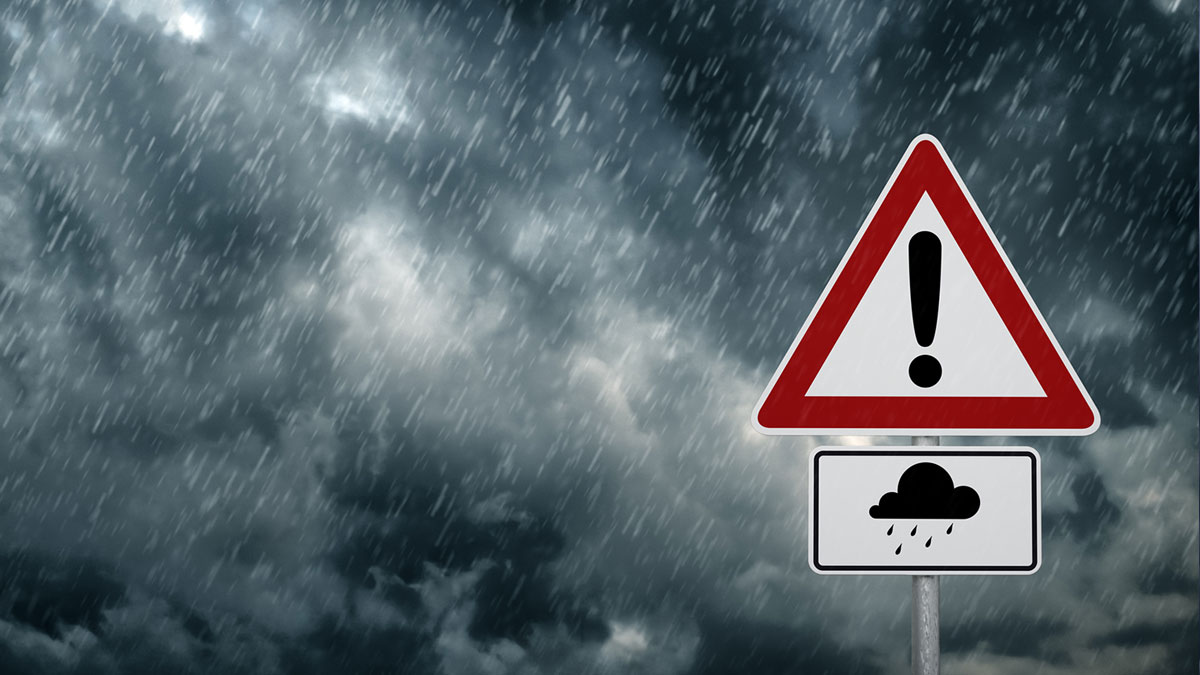Key points
- Have a plan ready in case there is a flood in your area.
- Get your home and supplies ready.
- Know what to do if there is a flood watch or warning in your area.
- Be prepared in case you need to evacuate—never ignore an evacuation order.
Plan ahead

Keep yourself and your loved ones safe by planning ahead.
- Are you in a flash-flood prone area? Contact the local county geologist or county planning department to find out if your home is located in a flash-flood-prone area or landslide-prone area.
- Make a communication plan and a disaster plan for your family.
- Plan and practice a flood evacuation route with your family. Ask an out-of-state relative or friend to be the "family contact" in case your family is separated during a flood. Make sure everyone in your family knows the name, address, and phone number of this contact person.
- Stay informed. Learn about your community's emergency plans, warning signals, evacuation routes, and locations of emergency shelters.
- Inform local authorities about any special needs, i.e., older adults or bedridden people, or anyone with a disability.
Get ready for a flood

Download Infographic PDF: English | Español
Get your home ready for a flood.
- Make sure you secure or protect any hazards in your home before the flood strikes.
- Be prepared to turn off electrical power when there is standing water, fallen power lines, or before you evacuate. Turn off gas and water supplies before you evacuate. Secure structurally unstable building materials.
- Buy a fire extinguisher if you don't already have one. Make sure your family knows where it is and how to use it.
- Buy and install sump pumps with back-up power.
- Have a licensed electrician raise electric components (switches, sockets, circuit breakers and wiring) at least 12" above your home's projected flood elevation.
- For drains, toilets, and other sewer connections, install backflow valves or plugs to prevent floodwaters from entering.
- Anchor fuel tanks which can contaminate your basement if torn free. An unanchored tank outside can be swept downstream and damage other houses.
Create an emergency supply kit.
Stock your home with supplies you may need during the flood by creating an emergency supply kit. Visit Take Action | Prepare Your Health for a list of supplies you'll want to include in your kit. Be sure to also include the following supplies in your kit:
- An emergency kit for your car with food, flares, booster cables, maps, tools, a first aid kit, fire extinguisher, sleeping bags, etc.
- Rubber boots, sturdy shoes, and waterproof gloves.
- Insect repellent containing DEET or Picaridin, screens, or long-sleeved and long-legged clothing for protection from mosquitoes which may gather in pooled water remaining after the flood.
Prepare a food and water supply.
Make sure you and your family have enough safe food and water (for drinking, cooking, bathing, etc.) available in the event of a flood.
Flood watch or warning
If you are under a flood watch or warning:
- Gather the emergency supplies you previously stocked in your home and stay tuned to local radio or television station for updates.
- Turn off all utilities at the main power switch and close the main gas valve if evacuation appears necessary.
- Have your immunization records handy or be aware of your last tetanus shot, in case you should receive a puncture wound or a wound becomes contaminated during or after the flood.
- Prepare an emergency water supply. Store at least 1 gallon of water per day for each person and each pet. Store at least a 3-day supply.
- Bring outdoor possessions, such as lawn furniture, grills and trash cans inside or tie them down securely.
Prepare to evacuate.
Never ignore an evacuation order— authorities will direct you to leave if you are in a low-lying area or within the greatest potential path of rising waters.
Even if you haven't been ordered to evacuate yet, it's always best to be prepared when a flood watch is issued. To prepare your home, car, and loved ones for a potential evacuation:
- Fill your vehicle's gas tank and make sure the emergency kit for your car is ready. If no vehicle is available, make arrangements with friends or family for transportation.
- Identify essential documents such as medical records, insurance card along with ID cards and put in waterproof material to carry with you during evacuation.
- Fill your clean water containers.
- If you have pet, contact your local emergency management office and ask if they offer accommodations for owners and their pets. Learn more about evacuating with your pet.
- Review your emergency plans and supplies, checking to see if any items are missing.
- Tune in the radio or television for weather updates.
- Listen for disaster sirens and warning signals.
- Put livestock in a safe area.
- Adjust the thermostat on refrigerators and freezers to the coolest possible temperature.
If you are ordered to evacuate:
If a flood warning is issued for your area or you are directed by authorities to evacuate the area:
- Take only essential items with you.
- If you have time, turn off the gas, electricity, and water.
- Disconnect appliances to prevent electrical shock when power is restored.
- Follow the designated evacuation routes and expect heavy traffic.
- Do not attempt to drive or walk across creeks or flooded roads.
If you are NOT ordered to evacuate:
To get through the storm in the safest possible manner:
- Monitor the radio or television for weather updates.
- Prepare to evacuate to a shelter or to a neighbor's home if your home is damaged, or if you are instructed to do so by emergency personnel.
